
When following a meatless diet, it’s important to meet your daily protein requirement. While vegans follow a solely plant-based diet, vegetarians can also consume protein from dairy and eggs. These are the best vegan and vegetarian protein options that also work for folks living with alpha-gal syndrome.
The information provided on this site is based on my personal experience living with alpha-gal syndrome. I consistently cite and link to expert sources, but nothing published on this site should be perceived as medical advice.
Alpha-gal sensitivities vary by person. You should understand your dietary restrictions, making any adjustments needed, and directing any questions to your physician.
When I was diagnosed with alpha-gal syndrome in March 2021, I immediately stopped eating mammalian meat and dairy. Unfortunately, I incorrectly thought I was eating enough protein by scrambling two eggs for breakfast and making a smoothie with almond milk for lunch.
But two eggs are only 25% of my daily protein needs, and almond milk is mostly water. Within a few months, I developed a severe protein deficiency that wasn’t identified for nearly a year. If you are adapting a meatless diet, either as a lifestyle choice or in order to manage a food allergy, this guide identifies the best vegetarian protein sources.

To help offset the costs of running SageAlphaGal.com, you’ll find affiliate links lightly sprinkled throughout the site. If you choose to make a purchase via one of these links, there’s no additional cost to you, but I’ll earn a teeny tiny commission. You can read all of the legal blah blah blah (as my little niece says) on the full disclosure page.
In This Article
How Much Protein Do I Need?
As a general rule, the average American adult needs 0.36 grams of protein per pound of body weight daily. So if you weigh 150 pounds, shoot for about 54 grams of protein per day. But different amounts of protein are needed as you age or increase your activity level. Once you reach middle age (around 40-50 years old), you are likely to experience sarcopenia, muscle loss due to the aging process, and need to increase your daily protein intake.
Sage Advice: Use the table below to get a ballpark figure of your daily protein intake, or use this nifty protein calculator for a more precise recommendation.
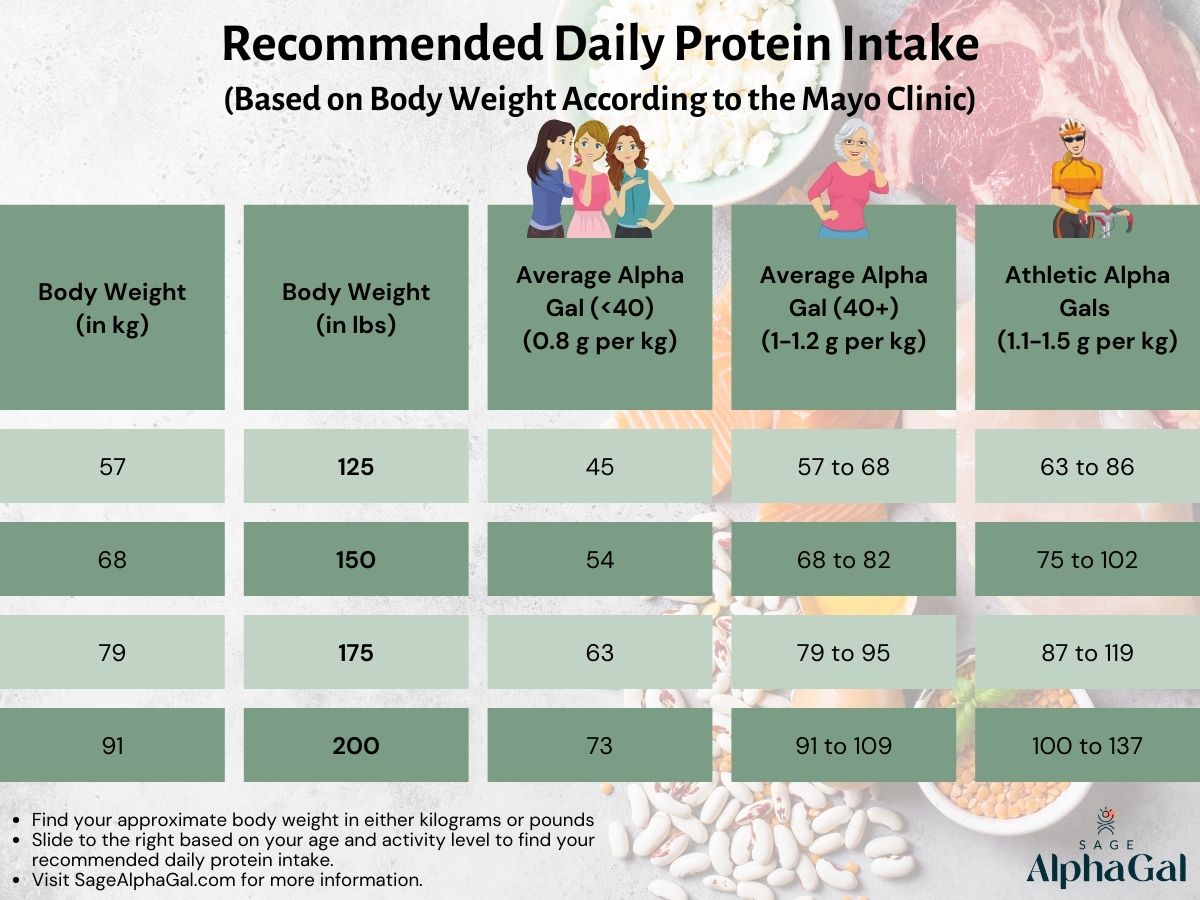
Foods That Contain Alpha-Gal
After an unfortunate interaction with the lone star tick, some people develop an allergy to alpha-gal, a sugar molecule found in most mammals. As a result, alpha gals must avoid all mammalian meat, including hamburgers, hotdogs, bacon, sausage, and steak.
Because mammalian milk can also contain alpha-gal – especially dairy products with a high fat content like ice cream, cream, whole milk, and cheddar cheese – some people living with alpha-gal syndrome cannot tolerate traditional dairy products. If you are one of those unlucky people, please skip the dairy-based sources of vegetarian protein on the list below.
Want Alpha-Gal Safe Recipes and More?
Sign up for the weekly newsletter!
Thank You for Subscribing!
What Can You Eat with Alpha-Gal Allergy
While vegetarians typically eat eggs and dairy (but not meat), and vegans don’t consume any animal products, an alpha-gal diet is a blend of a vegan, vegetarian, and omnivore diet. If you can tolerate dairy, then you can summarize your diet as vegetarian + poultry + fish. However, I recommend always choosing vegetarian cheese to reduce your risk of a reaction to the animal enzymes in some varieties.
If you’re an alpha gal who cannot consume dairy products, then you can summarize your alpha gal diet as vegan + eggs + poultry + fish. The good news for alpha gals dealing with a protein inadequacy is that we can safely eat animal protein foods like fish and poultry.
Related Article: Best Cookbooks for Alpha Gal: Safe and Delicious Eats
Plant-Based Vegetarian Sources of Protein
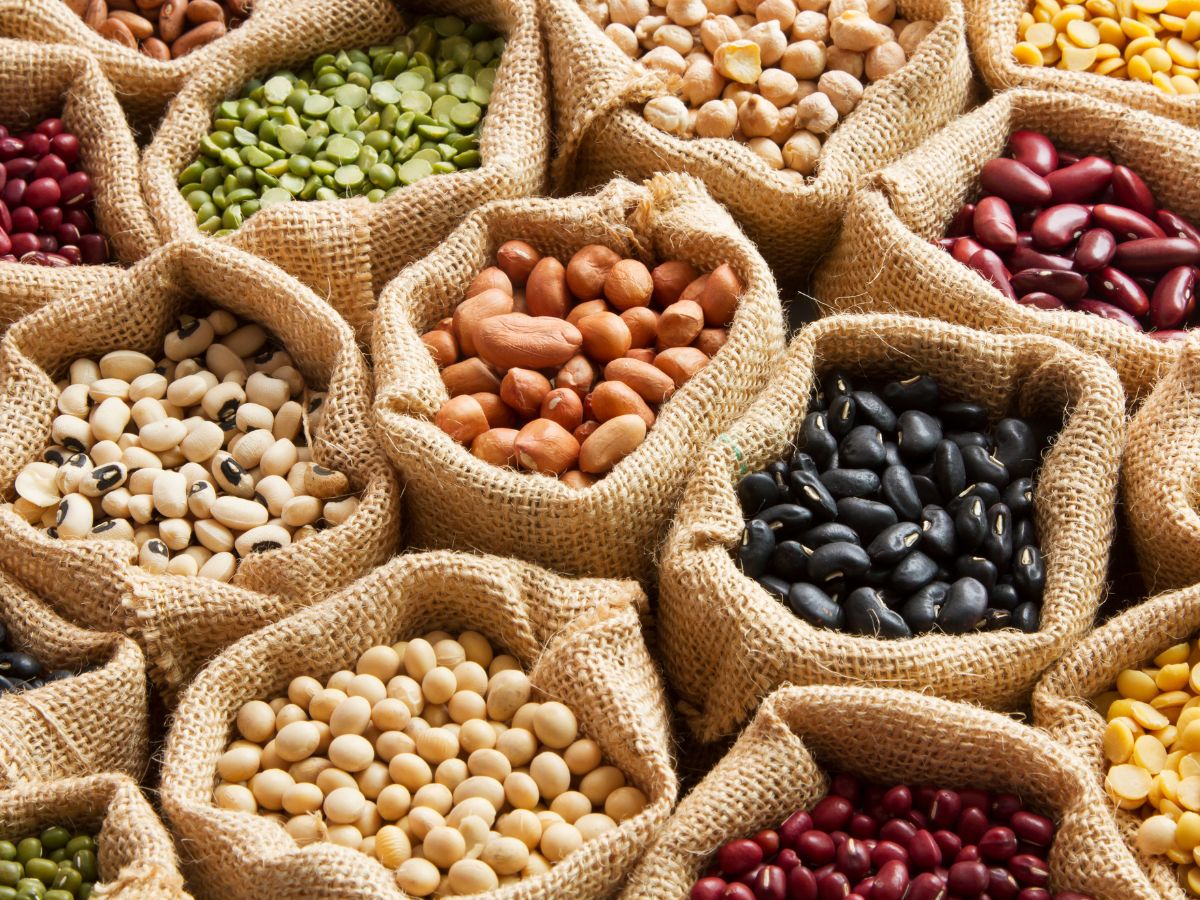
Legumes
The legume family of vegetables includes a wide variety of plant-based protein options like beans, peas, and lentils. They are typically low in fat and cholesterol and high in potassium and iron. Black beans are one of my favorite vegetarian sources of protein in this category, because they are also packed with disease-fighting antioxidants and boast anti-inflammatory properties. I’m also a big fan of chickpeas. Also known as garbanzo beans, these versatile legumes are popular with vegans, vegetarians, and others following a plant-based diet due to their high protein content.

To incorporate legumes into your vegetarian diet, substitute black beans in classic Mexican dishes like tacos, enchiladas, and nachos. Or use split red lentils to make these vegan lentil burgers with avocado sauce.
Related Article: The Best Beans for Protein (Includes 30+ Tasty Recipes)
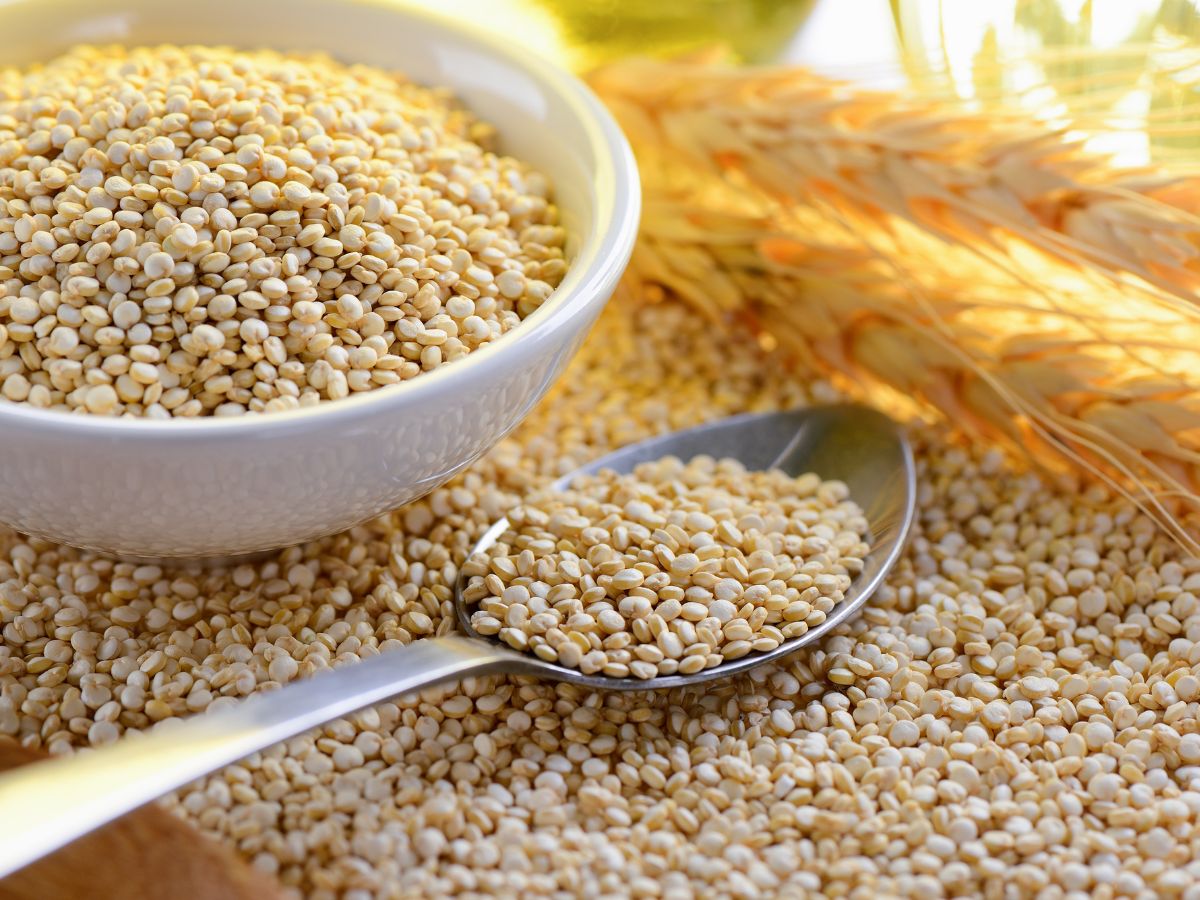
Quinoa
As opposed to modern grains – like wheat and rice – ancient grains are grown as they were thousands of years ago without genetic modification or hybridization. Quinoa is my favorite ancient grain, in part because it’s a complete protein.
What is a complete protein? Protein comprises smaller building blocks called animo acids, and complete proteins include the nine essential amino acids required for human health – like leucine, lysine, and tryptophan – that cannot be made by the body.

Try this filling quinoa tabbouleh salad as a light lunch or dinner side dish, or warm up with this comforting vegetable quinoa soup that’s fast and easy to make in an Instant Pot.
Related Article: Power Up with Quinoa, A Complete Protein
Chia Seeds
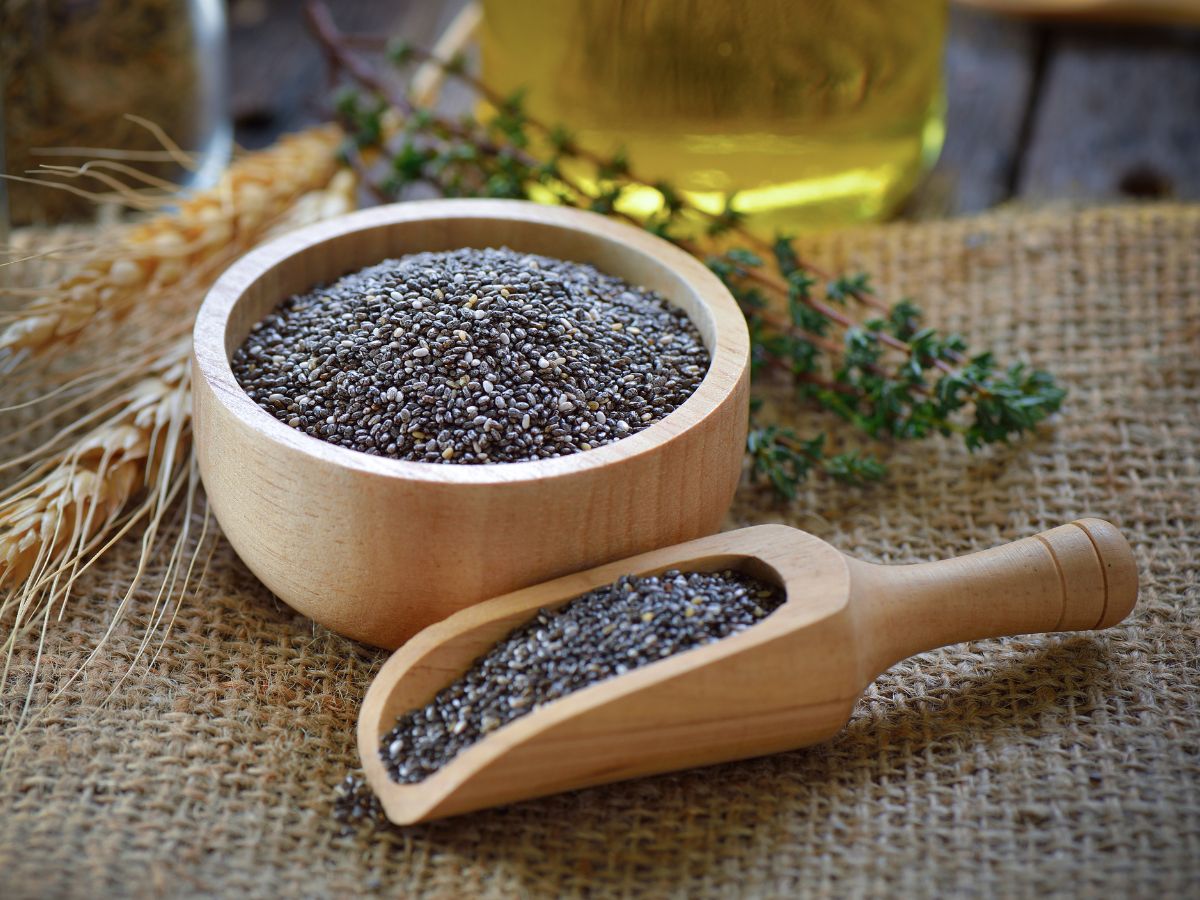
These tiny black or white seeds native to Central America are loaded with antioxidants and high in calcium. Chia seeds also include iron and omega-3 fatty acids. There are many ways to eat chia seeds. You can easily incorporate them into your vegetarian diet by sprinkling them over oatmeal or tossing a few tablespoons into a smoothie. They are also delicious in chia seed pudding.

You can also enjoy dark chocolate chia pudding with pistachio as a protein-rich sweet treat.
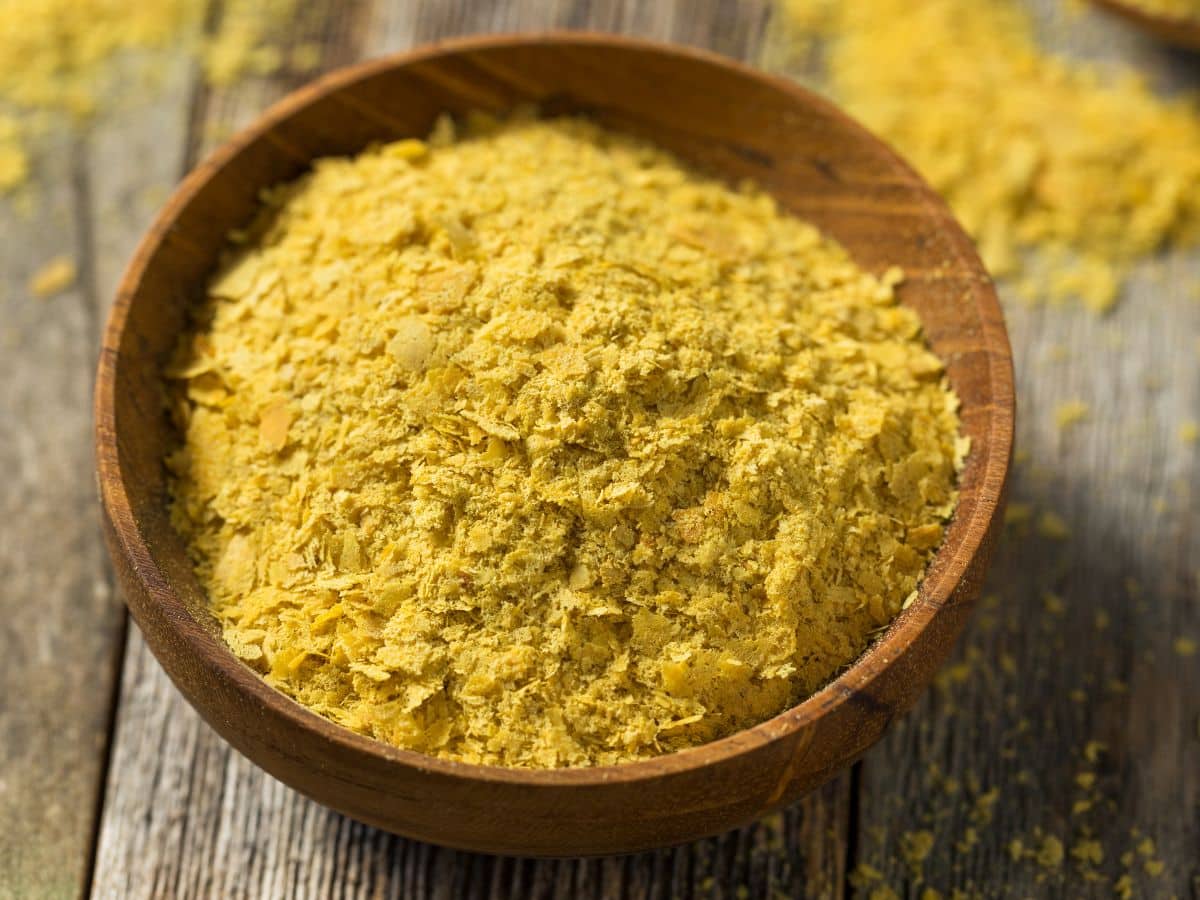
Nutritional Yeast
While vegetarians typically consume dairy products, nutritional yeast is a good cheese substitute for vegans and alpha gals who do not tolerate dairy. A deactivated strain of brewer’s and baker’s yeast, nutritional yeast is sold as a yellow powder or in flakes. Sprinkle it onto just about any dish, like over popcorn in lieu of butter or on cooked pasta instead of grated cheese.
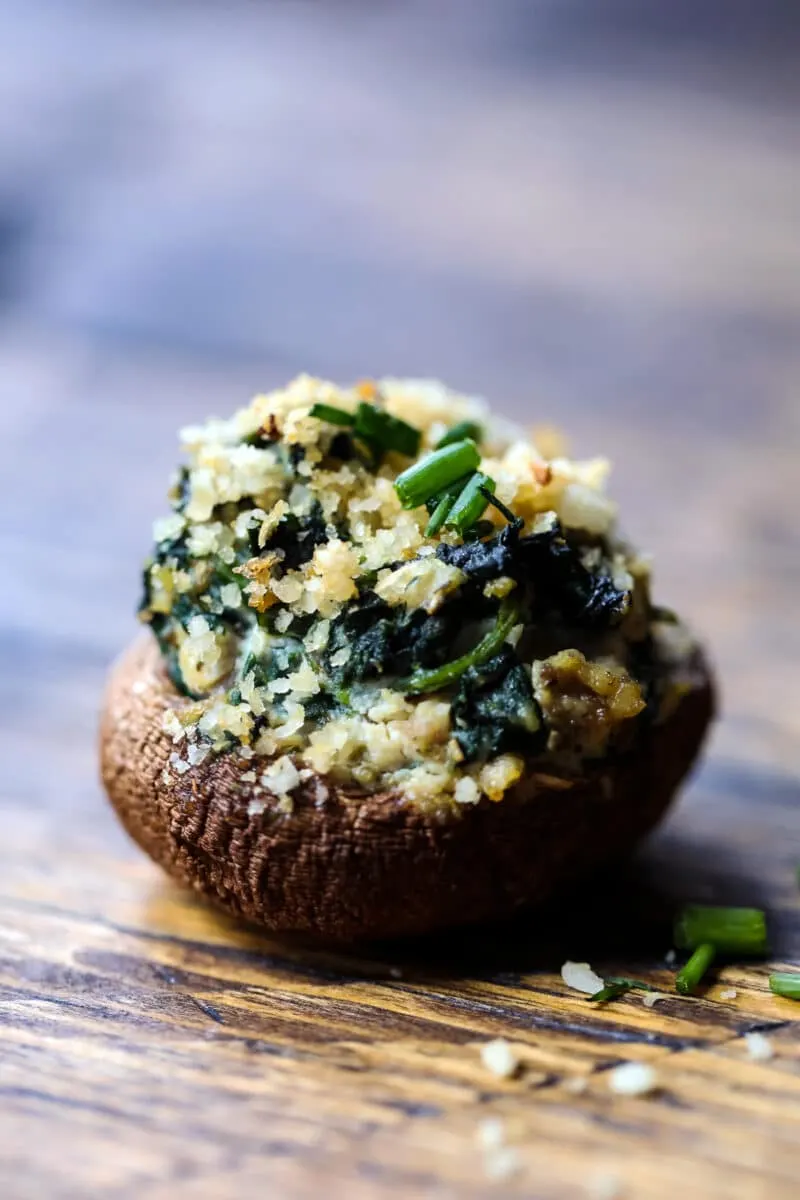
Use nutritional yeast to make this one-pot vegan macaroni and cheese dish or in these stuffed mushrooms.
Related Article: How to Properly Clean Mushrooms
Additional Protein Sources for Vegetarians and Alpha Gals Who Can Tolerate Dairy Products
In addition to this list of vegan protein sources, people following a vegetarian diet and alpha gals who can tolerate dairy products can also enjoy these additional sources of protein.
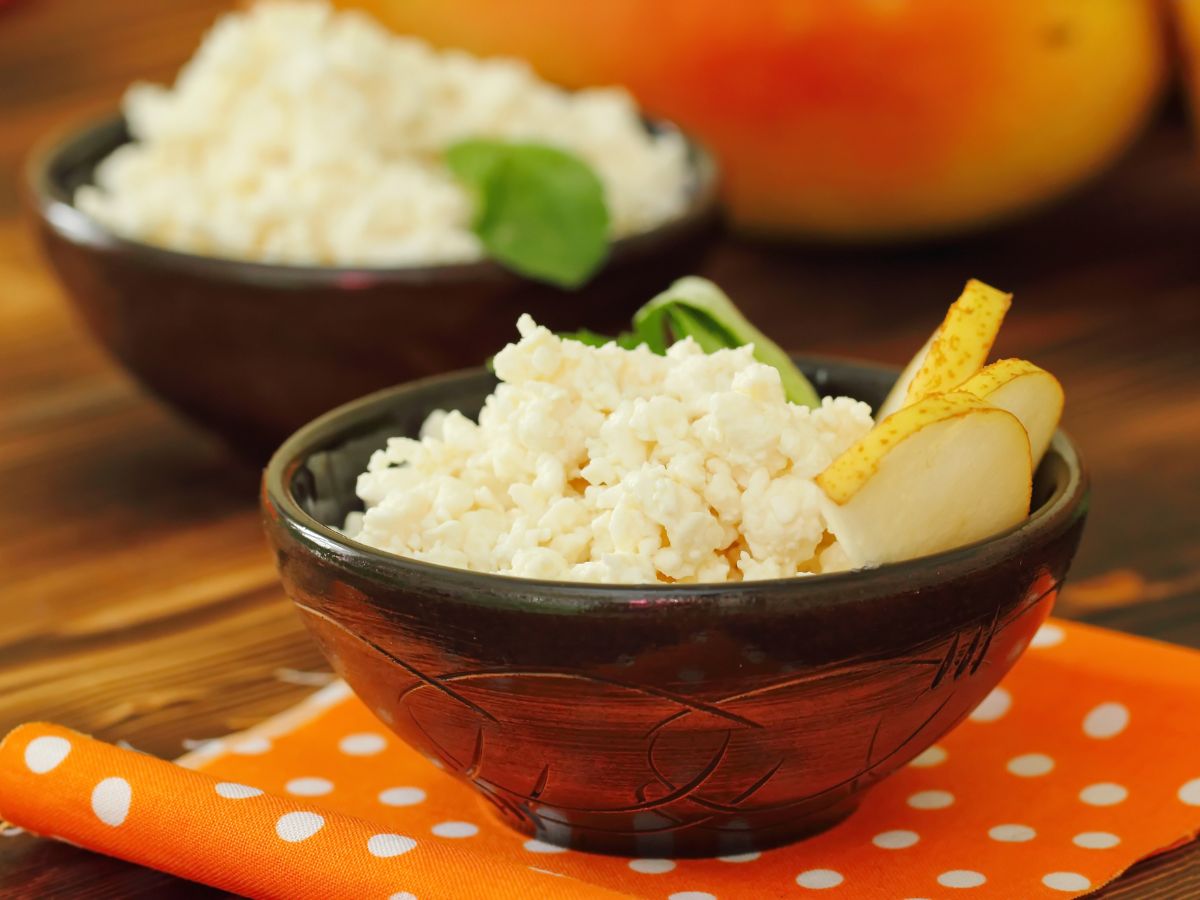
Cottage Cheese
Creamy cottage cheese curds are one of the healthiest cheeses available. And with 28 grams of protein per cup, cottage cheese is one of the best sources of protein for vegetarians and alpha gals who can enjoy dairy products. Cottage cheese can be enjoyed plain or topped with everything from a sprinkle of salt and pepper to fruit and diced vegetables.

Other Cheeses
With hundreds of varieties available around the world, cheese comes in all kinds of textures and flavors. So if cottage cheese isn’t your thing, you can get your protein from other cheeses. Blue, Swiss, and cheddar varieties are some of the best sources of protein when it comes to cheese. One ounce of blue cheese contains 6 grams of protein, while the same amount of Swiss cheese packs 8 grams.
Enjoy chunks of cheese on crackers, grate cheddar cheese over your favorite pasta dish, crumble blue cheese over salad, or grill cheese between two slices of bread for a delicious sandwich.
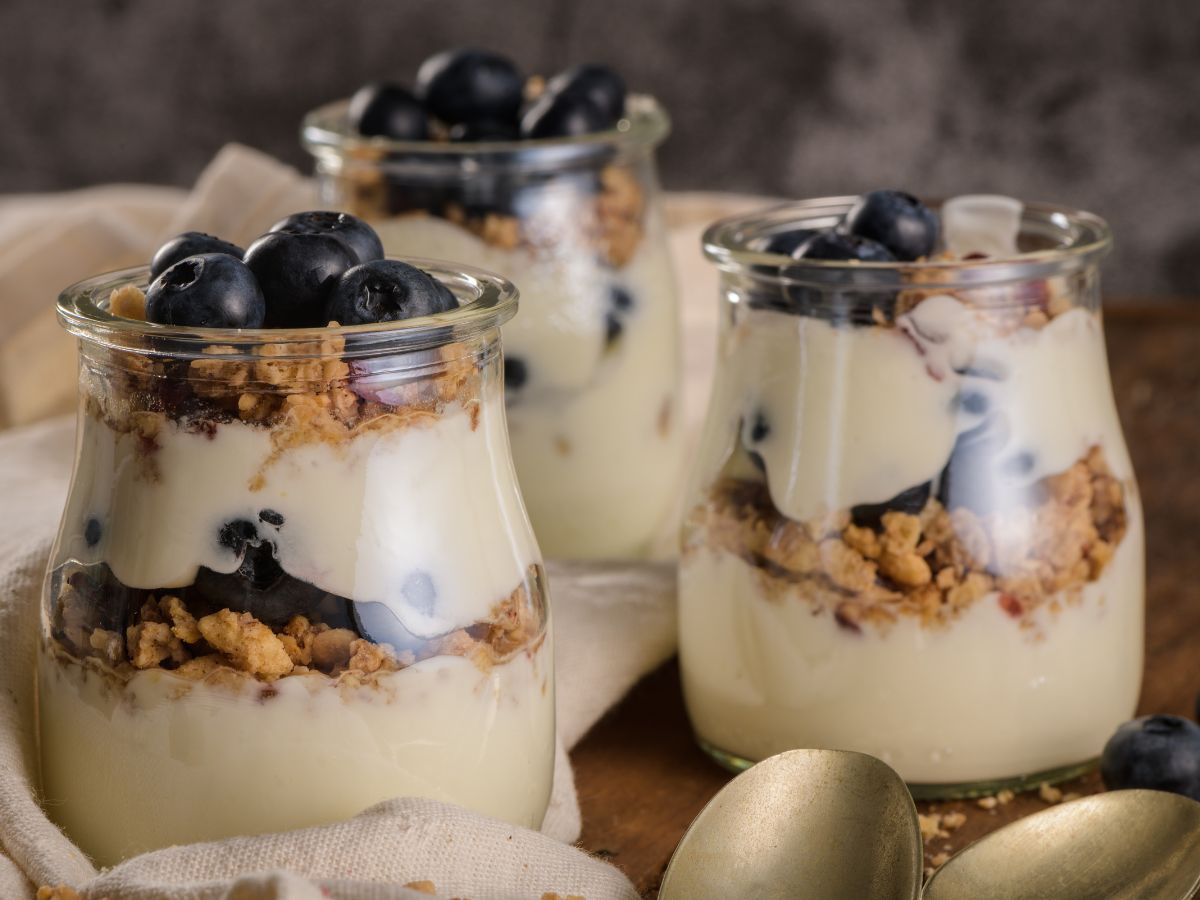
Greek Yogurt
Like cottage is the protein king of cheese, thick and tangy Greek-style is the protein queen of yogurt. One cup of Greek yogurt delivers 20 grams of protein, while regular yogurt contains half as much. Stir a touch of honey or agave into Greek yogurt and top it with fresh fruit and crunchy granola for a healthy yogurt parfait. Or substitute Greek yogurt for sour cream in your favorite recipes.
Sage Suggests: Greek Yogurt Bowl: A Protein-Packed Way to Start Your Day
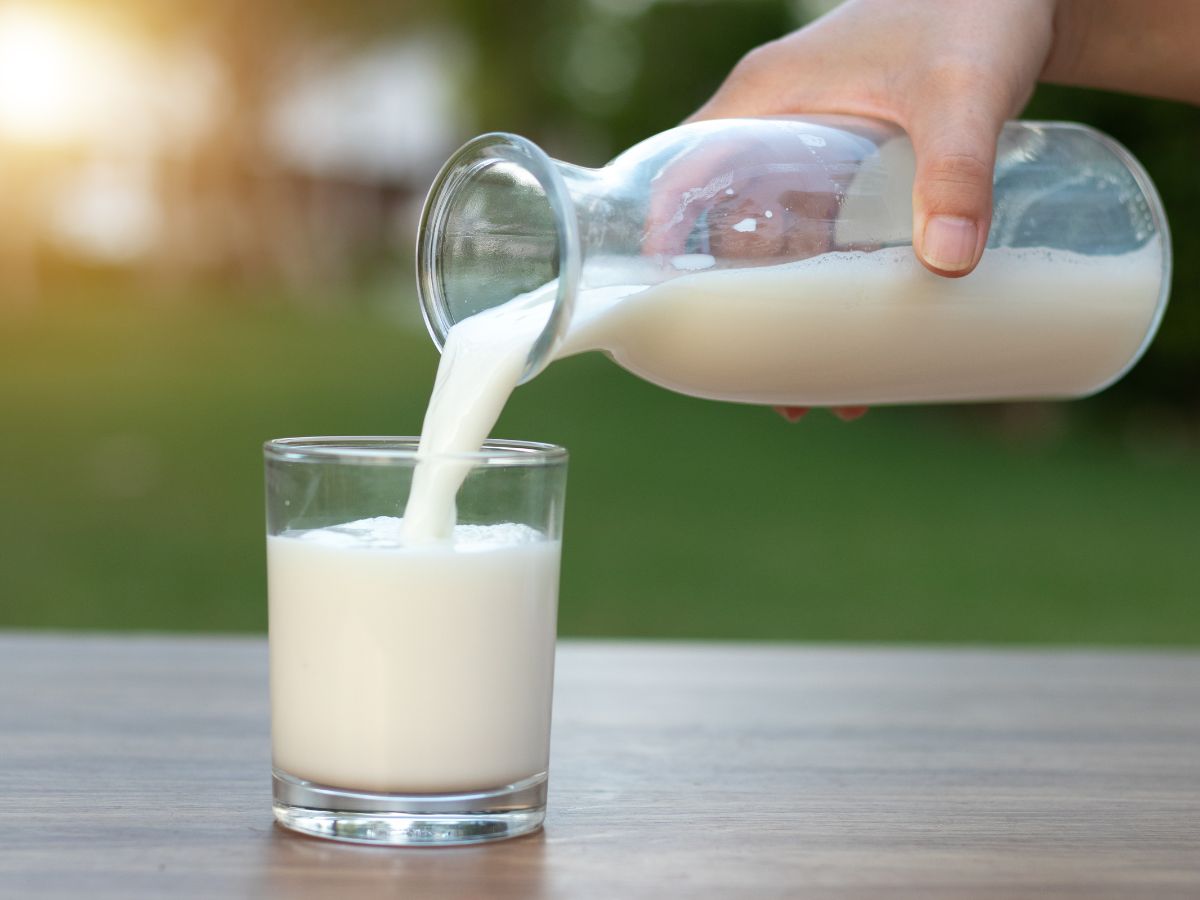
Milk
Packed with calcium, vitamin D, and other nutrients, one cup of cow’s milk provides 8 grams of protein. While cow’s milk is most commonly consumed in the US, goat’s milk and sheep’s milk are popular in other countries around the world. Although goat’s milk contains about the same amount of protein per cup as cow’s milk, sheep’s milk offers nearly double the amount, with 15 grams of protein per cup.
Drink an 8-ounce glass of milk at mealtime, blend it into a smoothie, or pour it over a steaming bowl of oatmeal to add more protein to your vegetarian diet.
Sage Advice: Are you an alpha gal who needs to avoid cow’s milk? This alternative milk is the best source of protein for vegetarians or alpha gals who can’t tolerate dairy.
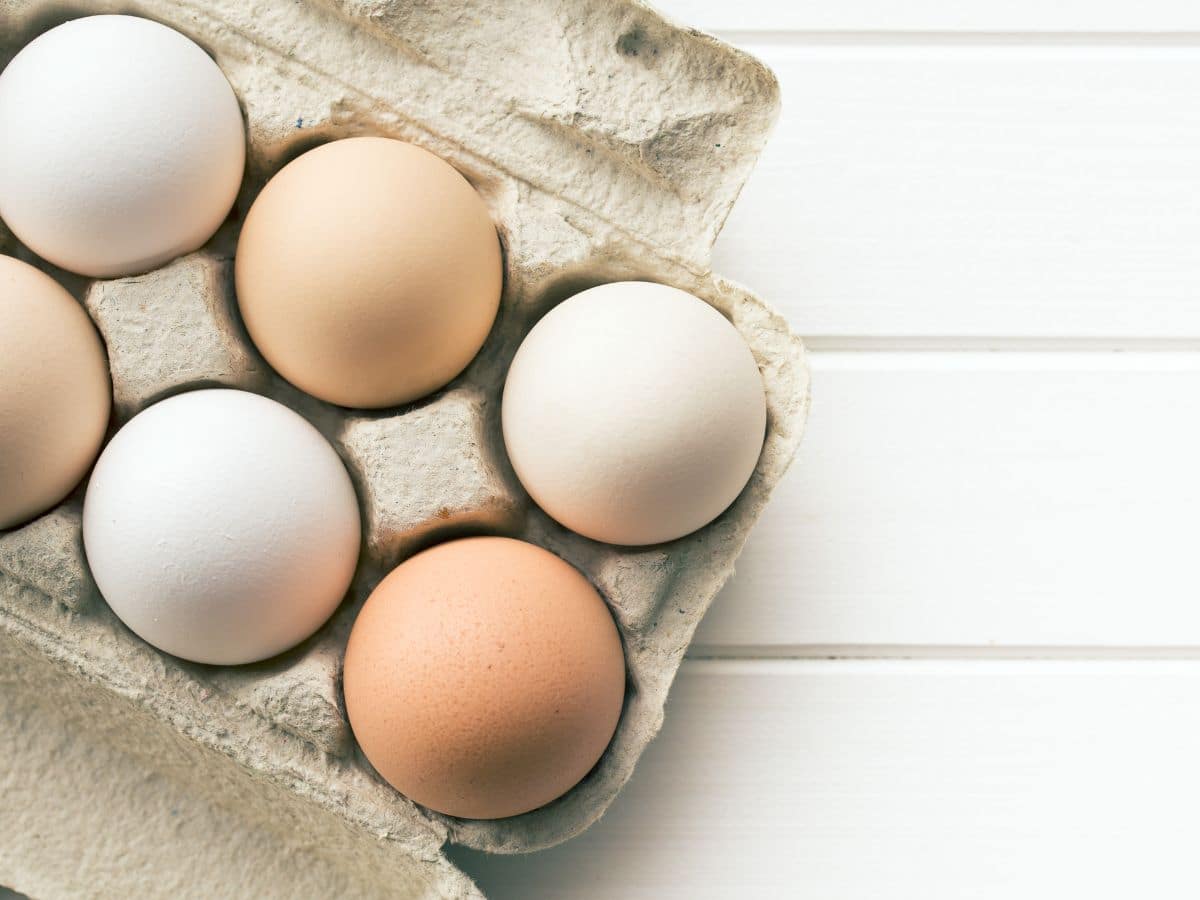
Eggs and Egg Whites
Eggs are a satisfying protein for anyone who wants to avoid meat. With 7 grams of protein per egg, enjoying two or three at breakfast will make a dent in your daily protein requirement. Fold scrambled eggs into a warm tortilla for a filling breakfast burrito, or top a piece of avocado toast with an egg cooked over easy. I like to boil a half dozen eggs at the beginning of the week so I have a grab-and-go breakfast option waiting for me in the fridge.
Sage Advice: If possible, select pasture-raised eggs, which offer significantly higher amounts of omega-3 fat, vitamin D, vitamin E, and beta-carotene than eggs from hens fed a traditional corn and soybean diet.
What are Your Favorite Vegetarian Protein Sources?
What are some of your favorite vegetarian protein sources? Any additional tips or tricks to pass along? Share your experiences in the comments section below.



Thank you for sharing!
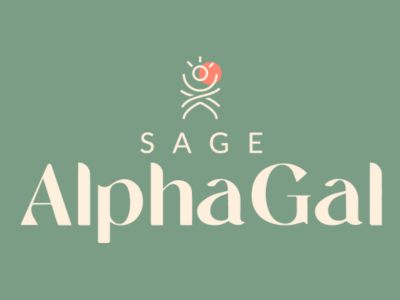
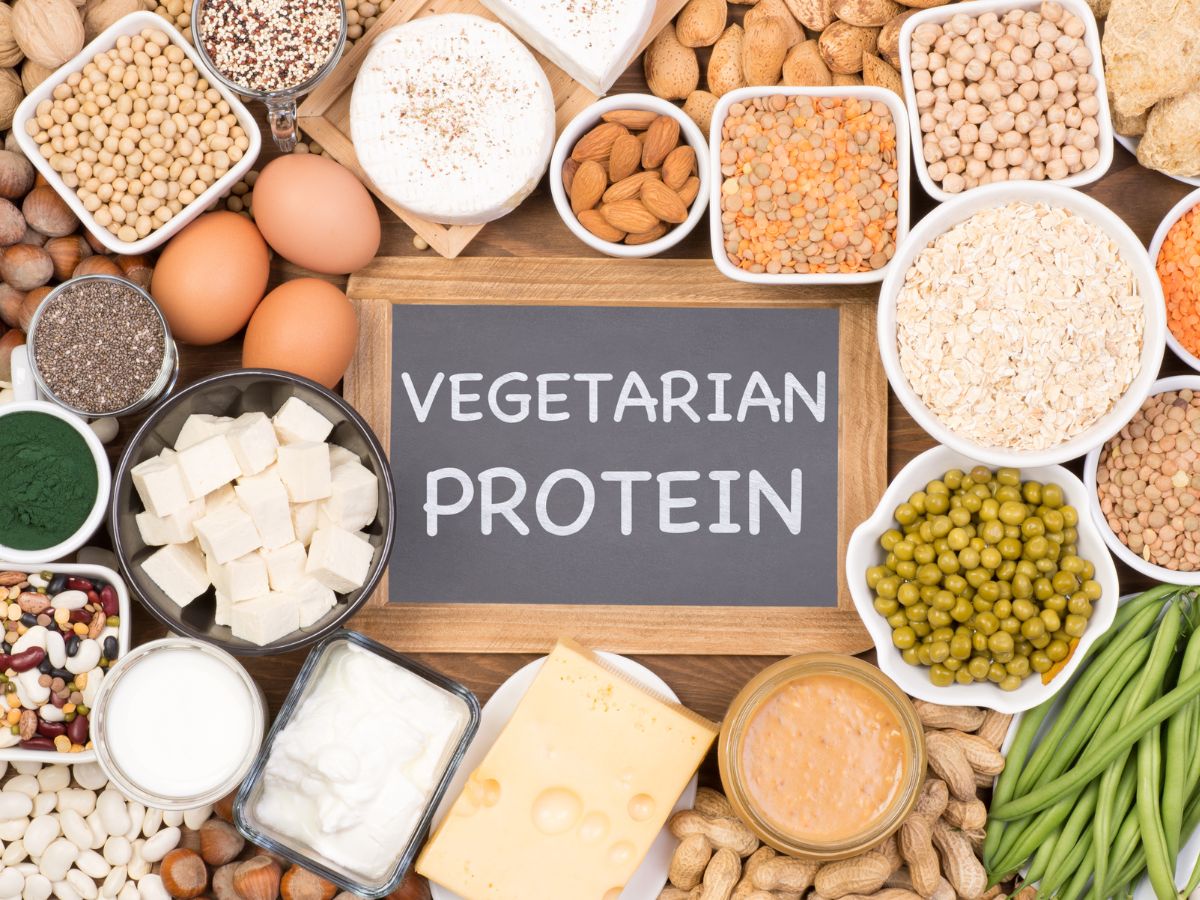
Great list for some starting and curious about plant-based / vegetarian sources of protein specially with veganuary coming up.
This is a great list of NATURAL vegetarian proteins. I will share it with friends. Thank you!
Yes! Because I’m so not a fan of the fake meats that are technically vegan but also full of artificial ingredients.
Love this breakdown of all the protein sources, it makes it so easy to boost intake!
I find that when my body is low on protein I start craving black beans. Thank goodness they’re one of my favorites and I always have dried on hand!
Thank you for this information. I’m trying to follow the 30 30 30 program you mentioned in your newsletter. It’s tough for me to get 30 g of protein in for breakfast but this information will help!! Thanks!!!!
30 grams in the morning can be really tough! A three-egg omelet almost gets you there. Or, you can cut back to two eggs any style and add in an alpha-gal friendly breakfast sausage. (I can get ground chicken sausage at my local Sprout’s.) I’m able to eat low-fat cottage cheese, so a cup of that gets me close, as well. And, I drink my coffee with a plant-based protein shake. But, I do need to find more variety! 🙂